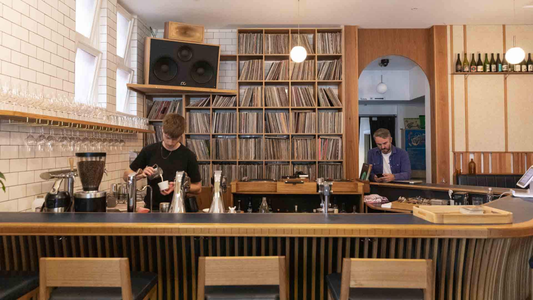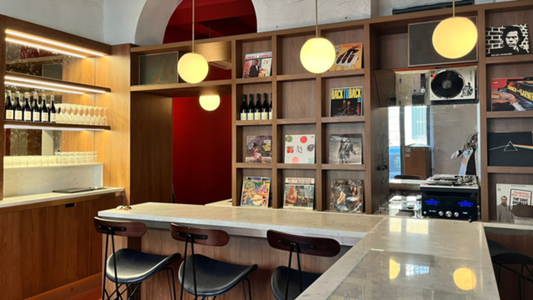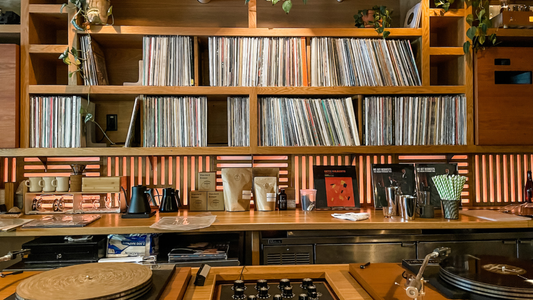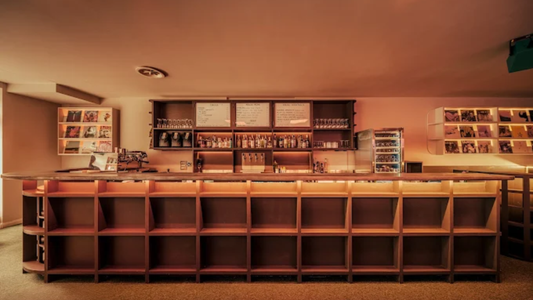
Sound as Hospitality
How bars, hotels, and homes use sound to make people feel they belong.
By Rafi Mercer
Walk into any great space — a listening bar, a boutique hotel, a small restaurant that somehow feels right the moment you enter — and you’ll notice something before the lighting, before the scent, before even the design. You’ll notice how it sounds.
Hospitality isn’t just warmth of service or beauty of setting. It’s the way a room listens back.
The principles of sound as hospitality:
- Tone — the overall character of the room: soft, balanced, unhurried.
- Volume — enough to fill space, never enough to compete with it.
- Texture — sounds layered like fabrics: voices, music, materials, silence.
- Continuity — the sense that a room sounds the same at every hour.
- Emotion — the sound of welcome, not command.
Listening bars understood this long before hotels caught up. They built places where sound was not a backdrop but a host — inviting people to stay, to speak quietly, to feel held. The best ones know how to tune emotion: a little warmth in the midrange, a softness at the edges, a tempo that matches the time of night.
In hospitality, sound is invisible design. Wooden floors absorb differently than marble. Curtains hush corners. The clink of glassware sits at a frequency that feels human. Even conversation has tone — the low murmur of people at ease, unforced and unhurried.
Luxury brands are now realising what listening bars always knew: sound defines belonging. At Bang & Olufsen, the curve of a speaker isn’t just aesthetic; it shapes how space feels. In boutique hotels from Kyoto to Copenhagen, sound is treated as seriously as scent or lighting. Guests might not notice consciously, but they feel it — a sense of arrival, of being in rhythm with the room.
At home, sound as hospitality becomes more intimate. It’s the hum of a record player before the music begins, the way the room softens as the needle drops. Playing a record for guests is one of the oldest forms of welcome — saying, in effect, “Sit here. Listen. You’re safe in this moment.”
Hospitality, at its best, is empathy in design. Sound carries that empathy wordlessly. It guides the energy of the evening, encourages conversation to flow, and quietly says: you belong here.
Quick Questions
Why does sound matter in hospitality?
Because it shapes mood and comfort faster than any visual cue.
How do listening bars use sound to create welcome?
By tuning tone, texture, and volume so that listeners feel held, not hurried.
Can this work at home?
Yes. Choose sound that complements conversation and space — music as invitation, not interruption.
Rafi Mercer writes about the spaces where music matters.
For more stories from Tracks & Tales, subscribe, or click here to read more.







